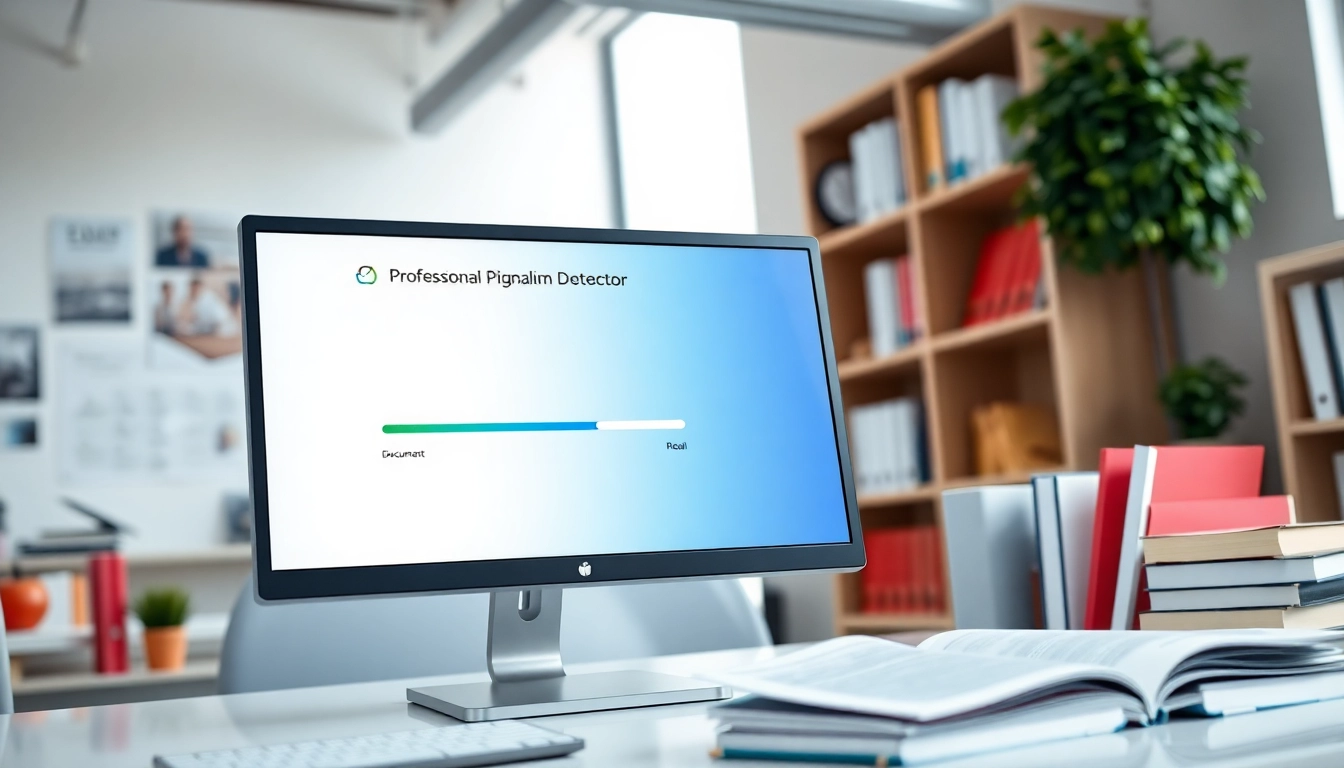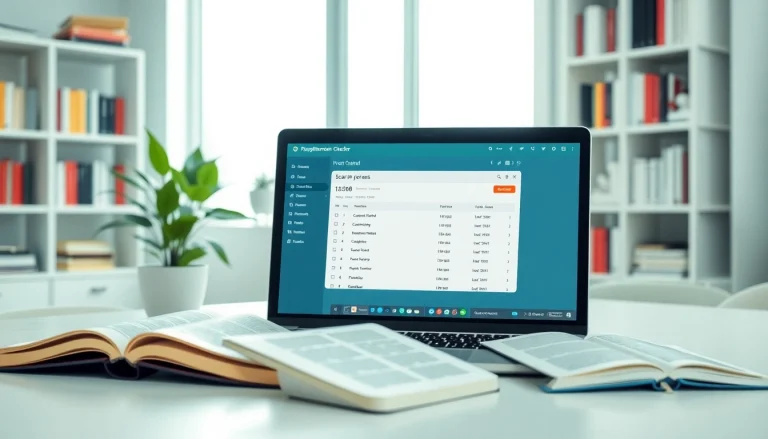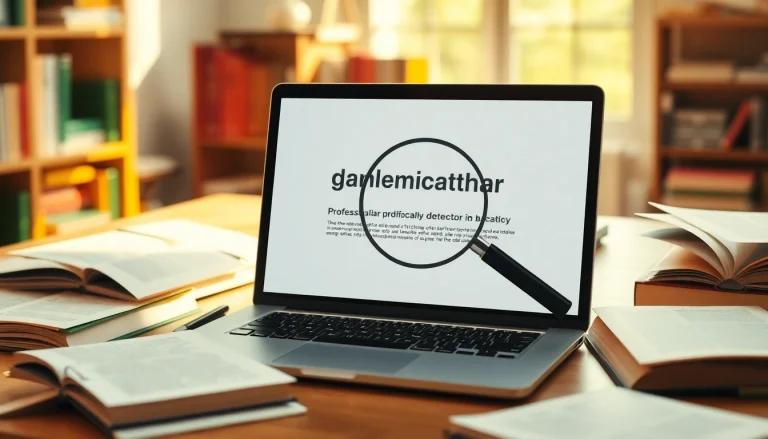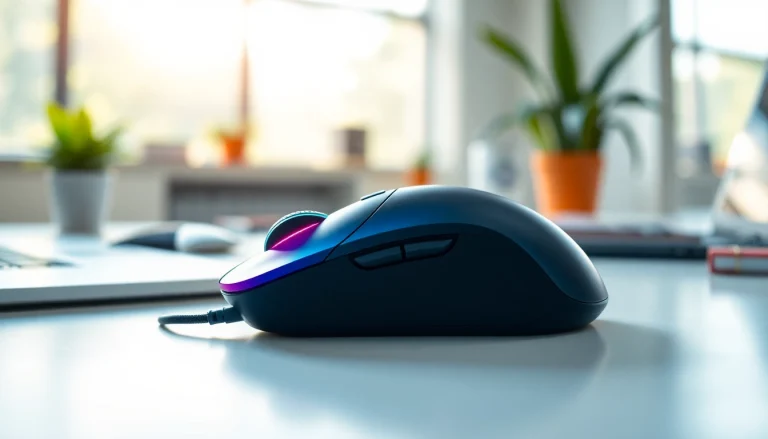Understanding Plagiarism Detection
What is a Plagiarism Detector?
A plagiarism detector is a software tool designed to identify instances of duplicated text, helping users ensure the originality of their written content. Educational institutions, writers, and content creators often utilize these tools to maintain integrity and avoid the serious ramifications associated with plagiarism, which can include academic penalties or damage to one’s professional reputation. By scanning texts against extensive databases, these tools can detect copied content and provide users with critical reports on originality percentage. For instance, some modern systems can analyze vast amounts of data and provide insights into where text may have been copied from, demonstrating the evolving sophistication of plagiarism detection technologies.
How Plagiarism Detectors Work
The mechanism behind plagiarism detectors typically involves comparing inputted text against a comprehensive database of previously published works, including academic papers, books, and digital content. These tools employ algorithms to analyze the structure, patterns, and phrases in the text and search for similarities with existing content. Indexing these works allows the detectors to generate similarity reports with percentages indicating the degree of overlap. The most advanced tools may even differentiate between proper citations and instances of uncredited copying. As a result, they act as significant aids for maintaining writing integrity and originality.
Types of Plagiarism Checkers
Plagiarism detectors can be broadly categorized into several types, including:
- Free Plagiarism Detectors: These online tools offer basic features for checking text against a limited database. While convenient, they might lack comprehensive coverage and accuracy.
- Paid Plagiarism Checkers: These tools often come with advanced features, including detailed reports and checks against extensive databases. They are typically preferred by educational institutions and professionals.
- Integrated Solutions: Some writing software, like Grammarly, provides built-in plagiarism detection capabilities, allowing users to check for originality while they edit their work.
Benefits of Using a Plagiarism Detector
Academic Integrity and Originality
One of the most significant benefits of utilizing a plagiarism detector is the promotion of academic integrity. Students and researchers are expected to produce original work; thus, these tools become essential for verifying the uniqueness of their contributions. Maintaining originality not only helps in developing critical thinking and writing skills but also instills a sense of responsibility in academic settings. Moreover, institutions often require students to submit their papers through plagiarism detection systems as part of the evaluation process, further embedding the importance of originality in education.
Time-Saving Features
Plagiarism detectors can notably reduce the time spent on manual checks for originality. With just a click or a few steps, users can receive detailed reports highlighting non-original content and providing suggestions for citations or edits. This efficiency can be crucial for professionals and students facing tight deadlines. Furthermore, some advanced tools enhance productivity by suggesting synonyms or alternative phrasing to transform plagiarized text into unique content.
Cost-Effectiveness of Free Plagiarism Detectors
While many robust plagiarism checking services are paid, there are numerous free tools available that provide essential functionality at no cost. These tools can be particularly beneficial for students or freelance writers who may not have access to institutional subscriptions. For example, free detectors can significantly benefit those just starting their academic journeys or those on a budget, although users should be aware of the limitations that accompany free services, such as restricted database access and lower accuracy rates.
Key Features to Look for in a Plagiarism Detector
Accuracy and Reliability
Accuracy is paramount when choosing a plagiarism detector. Users should select tools that consistently return reliable results, catching both instances of plagiarism and properly attributing cited work. Users often look for systems that can provide percentage scores of originality and show sources from where the content may have been copied. Additionally, a reliable detector should be updated regularly to include new materials and avoid outdated comparisons.
User-Friendly Interface
An intuitive user interface is essential for efficient use. A well-designed plagiarism detector should facilitate simple uploads or copy-and-paste functionality, enabling users to swiftly analyze their content without unnecessary complexity. Clear navigation and concise report formatting can greatly enhance user experience, allowing individuals to focus on creating quality content rather than struggling with tool usage.
Support for Multiple File Formats
Different users have different workflows, as writers may work in a variety of formats such as documents, web pages, or even programming scripts. The best plagiarism detectors accommodate multiple file types, allowing analysis of formats such as Word documents, PDFs, and plain text files. This versatility ensures that all users, regardless of their preferred medium, can benefit from the detection of plagiarism without needing to adjust their format.
Top Plagiarism Detectors Compared
Free vs. Paid Options
While free plagiarism detectors are accessible and useful for basic checks, they often lack the comprehensiveness and precision found in paid options. Paid tools usually offer in-depth reports, access to vast databases, and insights into citation practices, alongside features such as grammar checking and writing enhancement tools. Researching and testing both free and paid solutions can help users determine which option best meets their needs based on the scale of their work and the importance of accuracy in their field.
Popular Tools and Their Features
Several popular plagiarism detectors have established themselves in the marketplace, each with its unique strengths:
- Turnitin: Widely used in educational institutions, Turnitin offers robust features for checking assignments against an enormous database of academic work and online publications.
- Grammarly: Best known for its writing enhancement capabilities, Grammarly also provides effective plagiarism detection that works seamlessly as part of its broader editing services.
- PapersOwl: Known for its user-friendly interface, PapersOwl provides a free option with accurate checks and reports that cater specifically to students.
- Duplichecker: This tool is entirely free and is appreciated for its ease of use and no-cost structure, making it a go-to for students and casual users.
User Reviews and Feedback
When evaluating plagiarism detectors, user feedback can provide valuable insights into their effectiveness. Many users highlight the importance of accuracy and reporting features in making their choices. Generally, it’s advisable to look for reviews focusing on specifics like how well the tool identifies paraphrased content, the speed of reports, and user satisfaction regarding the detection results. Additionally, checking forums or educational websites can also yield current opinions about the top tools on the market.
Common Challenges when Using Plagiarism Detectors
Understanding False Positives
False positives are situations where the detector indicates plagiarized content when the text is actually original or properly attributed. This issue can arise from the use of common phrases, technical jargon, or well-known quotes. It’s essential for users to interpret reports judiciously—recognizing that some overlap may not constitute plagiarism. Users are encouraged to familiarize themselves with their specific detector’s capabilities and limits to better navigate these discrepancies.
Limitations of Different Detection Algorithms
Not all plagiarism detection algorithms are created equal. Some may excel in certain areas, such as identifying verbatim text copies, but may struggle with paraphrased content. Others might have limitations on the range of sources they can adequately check against, ultimately affecting accuracy. Understanding these limitations can guide users in selecting the right tool and using it effectively for their specific needs.
Strategies for Effective Usage
To get the most from a plagiarism detector, it’s wise to follow best practices. First, always run your final drafts through the detector before submission or publication to catch any potential issues. Second, pay attention to the reports and take the time to analyze areas flagged as problematic. Lastly, consider using detectors as part of a comprehensive writing and editing strategy, allowing insights from these tools to inform your revisions and enhance your writing skills. Building a habit of cross-checking for originality can foster a greater commitment to producing authentic content.








